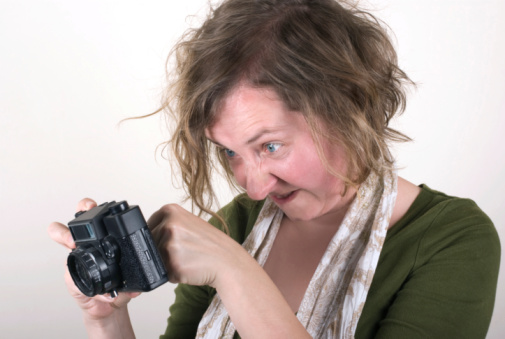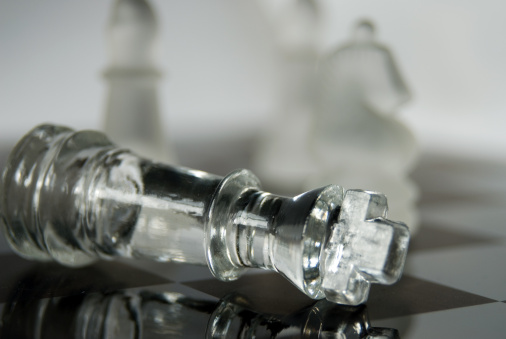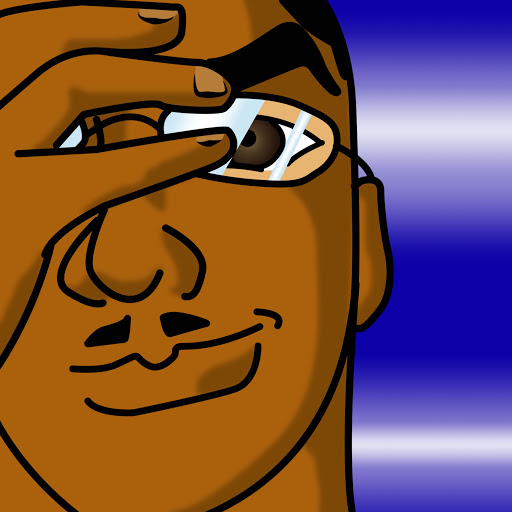Dear Readers:
As individuals, corporate and other entities become aware of your photographic skill at some point you’ll be asked to do some photography pro bono, this is a fact. Whether it is family, friends or for profit or not for profit entities you will have to cross this bridge eventually. While it may beneficial to you, one has to know where to draw the line. All photographic events done free of charge should involve some form or quid pro quo, that is to say, that you should receive something in return for your skill and production of images. This can take many forms it can be goodwill, publicity, or towards the development of future business (mind you be extremely careful of charlatan promises of future business).
Regardless of your reason for agreeing to do such an event your dedication to the business elements of a shoot are just as important as when you are retained by a client. Firstly you should make sure that your contribution is appreciated but not just appreciated you should ensure that you present a list of your requirements to perform a job up to your standard AND that those requirements are met. Before you discount this as negligible because it is a job you will do gratis, remember, this; the images you produce represent you and your photographic capability, the viewer will not be concerned whether you have been paid or not, they will judge your ability purely on what is put before them and THAT is your photography!
As melodramatic as it may sound you should be prepared to NOT do the event if your requirements are not met, allow me to explain. Recently I was the key person involved in planning and executing photography for an anniversary event for a quasi-governmental organization Our group was comprised of 12 persons of which 6 would be photographers, 2 on-location printers, 2 grip, 1 digital archivist and 1 site manager. In addition to this we sourced all the necessary photographic equipment and even provided 200 photo sleeves as part of the event coverage involved having individual full length portraits taken and printed on site.
Our requirements were quite simple, we were to receive acknowledgement on the back of the photo sleeve in similar kind and quality as the organization was to place on the front for itself. We were to be provided an area suitable for set up as a temporary studio and a staging area where the printers and archivers could be situated and the necessary power to operate the equipment. Not being one to create ‘emergency’ situations my desire was to have everything in place no less than 2 weeks before the actual event, given that initial planning had started 4 months before i did not see this as a problem. Despite numerous follow up emails and calls the organization we were providing the photographic services for did not start to act until 3 weeks before the event, needless to say it was crunch time.
The first hiccup we encountered the area they proposed was a narrow room of which the stairs consumed 50%, the area that remained for the persons to pose for portraits was about 5 feet wide, given that the entranceway was adjacent to this area and it was abutted by a wall on the other side this did not leave sufficient room for lights to be placed, furthermore the depth of the room was such that the photographer would have had to use a 10-20mm lens to get full length portraits. As you know this is not a flattering portrait lens at all. The alternate for the location to capture the images was to use of a 15’ x 20’ tent, with props and risers, located outside in an area that was much more visible, given that the organization we partnered with was fund raising, this was much more desirable, a couple of days later we were informed that the “tent guy†said that we wouldn’t need anything more than a 15’ x 15’ foot tent; naturally, being snarky, my response was to ask “ is the tent guy also going to take the photographs?â€
This should have been my warning that despite definite requirements the recipient of the pro bono work was not respectful of our desire to produce photographs of suitable quality to represent our organization. One week before the event it was uncovered that despite the stipulation that our credit was to be placed on the back of each photo sleeve in similar kind and quality to their logo on the front, their intention was to use Avery labels to credit us while they had taken the time to order a nice gold leaf foil imprinter for themselves; furthermore they pointed out, upon objection to manner in which we would be credited, that there was not enough time to do anything better and we would therefore have to accept it as fait accompli. Naturally this was a contentious issue but over the course of the weekend one of our members who is also a graphic designer by trade designed a label that was acceptable to us and cost of reproduction of the suitable quantity was less than USD $60. By this point the recipient of the pro bono photography job assumed that they had run out the clock and that we needed to do this job regardless of how they changed the arrangement and were not even willing to pick up the tab for the already designed labels.
To cut to the chase, we did not do the job, it was for us more important to decline to do the job at the risk of upsetting one entity than putting about 2,000 sub-standard photographs out in the public eye. The long and the short of the story is absolutely do not let anyone compromise the quality of your work.
A photograph says a thousand words, make sure they are all good ones.
Take care!
– Jeremy
Editor-in-Chief







